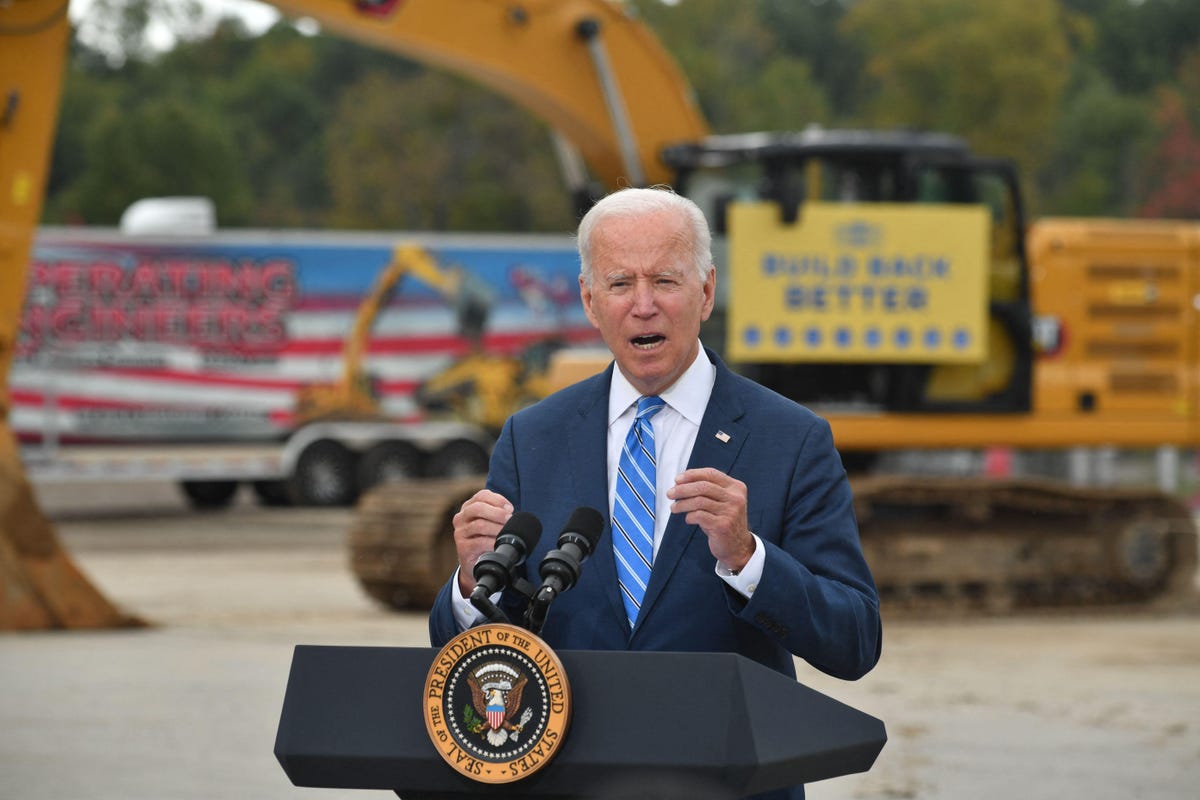European equities and Wall Street stock futures fell at the end of a wild week across global markets, as investors anticipated rapid interest rate rises by the US Federal Reserve and upbeat Apple earnings failed to lift sentiment.
The regional Stoxx 600 share index lost 2.1 per cent, with broad falls across cyclical and economically defensive sectors as traders struggled to assess the outlook for the year ahead.
Futures markets suggested the benchmark US S&P 500 index would lose 0.9 per cent at the New York open. Contracts tracking the top 100 stocks on the technology-focused Nasdaq Composite were down 0.8 per cent.
Equity markets, particularly those on Wall Street, have swung sharply this week as investors grappled with a hawkish message from Federal Reserve chair Jay Powell following the US central bank’s monetary policy meeting on Wednesday.
Geopolitical tensions as Russian troops gathered at the Ukraine border have also helped to drive the S&P more than 9 per cent lower this month, approaching a technical correction. The Nasdaq was almost 18 per cent below its November record high at Thursday’s close.
“Two factors explain this difficult period for equity markets,” said Christophe Donay, chief strategist at Pictet Wealth Management. “Tensions over Russia and Ukraine have contributed perhaps a third of the correction and the rest is the Fed.”
Apple reported record quarterly revenues and better than expected profits overnight. The iPhone maker also revealed a lighter hit than analysts had forecast from coronavirus-related semiconductor supply chain glitches. Shares in the world’s largest company by market capitalisation rose 3 per cent in pre-market trading.
Monetary policy concerns remained dominant, however. Powell on Wednesday refused to rule out lifting interest rates from record lows to stamp out soaring inflation. Futures markets have priced in about five interest rate rises this year, starting in March.
Higher interest rates increase companies’ borrowing costs and lower the present value of forecast profits in investors’ models.
The Fed’s hawkish turn has left some investors scrambling to re-engineer portfolios that were constructed on the basis that 2022 would be another year of strong economic and earnings rebounds from the shocks of coronavirus in 2020. As recently as mid-September, market pricing suggested the Fed would raise rates a maximum of once this year.
“This is a huge regime change,” said Gergely Majoros, investment committee member at fund manager Carmignac.
“The monetary environment and the growth outlook have changed much more rapidly than people could have believed even a few weeks ago. It is difficult to hold convictions.”
US Treasuries remained under pressure as expectations of higher interest rates and persistent inflation reduced the appeal of fixed income-paying securities.
The yield on the two-year Treasury note, which moves inversely to its price and closely tracks monetary policy expectations, rose 0.03 percentage points to 1.23 per cent. The 10-year yield rose 0.04 percentage points to 1.85 per cent, up sharply from the end of 2021.
The dollar index, which measures the US currency against six others, rose 0.1 per cent after climbing to its highest point in almost 18 months on Thursday.
In Asia, Hong Kong’s Hang Seng index fell 1.1 per cent while Tokyo’s exporter-heavy Nikkei 225 added 2.1 per cent, boosted by a stronger dollar.
Additional reporting by Tommy Stubbington











